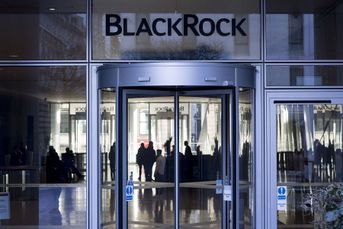Single-family offices could get a pass on regulation, SEC says
The commission proposes to reverse Dodd-Frank proviso and reinstate the exemption shielding smaller operations from the agency's oversight
Some family offices may continue to be exempt from regulation by the Securities and Exchange Commission, the agency said.
The SEC proposed a rule today that would allow family offices that provide investment advice only to family members and key employees, and are owned and controlled by family members to be exempt from regulation by the Investment Advisers Act of 1940, according to a statement from the agency.
Family offices are entities established by wealthy families to manage their money and provide services such as tax and estate planning. Single offices, which generally serve families with at least $100 million in investable assets, typically haven’t had to register with the SEC because of an exemption provided to advisers with fewer than 15 clients. The financial overhaul bill signed by President Barack Obama July 21 removed the exemption to permit the SEC to regulate hedge fund and other private-fund advisers.
There are from 2,500 to 3,000 single-family offices managing more than $1.2 trillion in assets, the SEC said in its proposed rule.
Learn more about reprints and licensing for this article.








